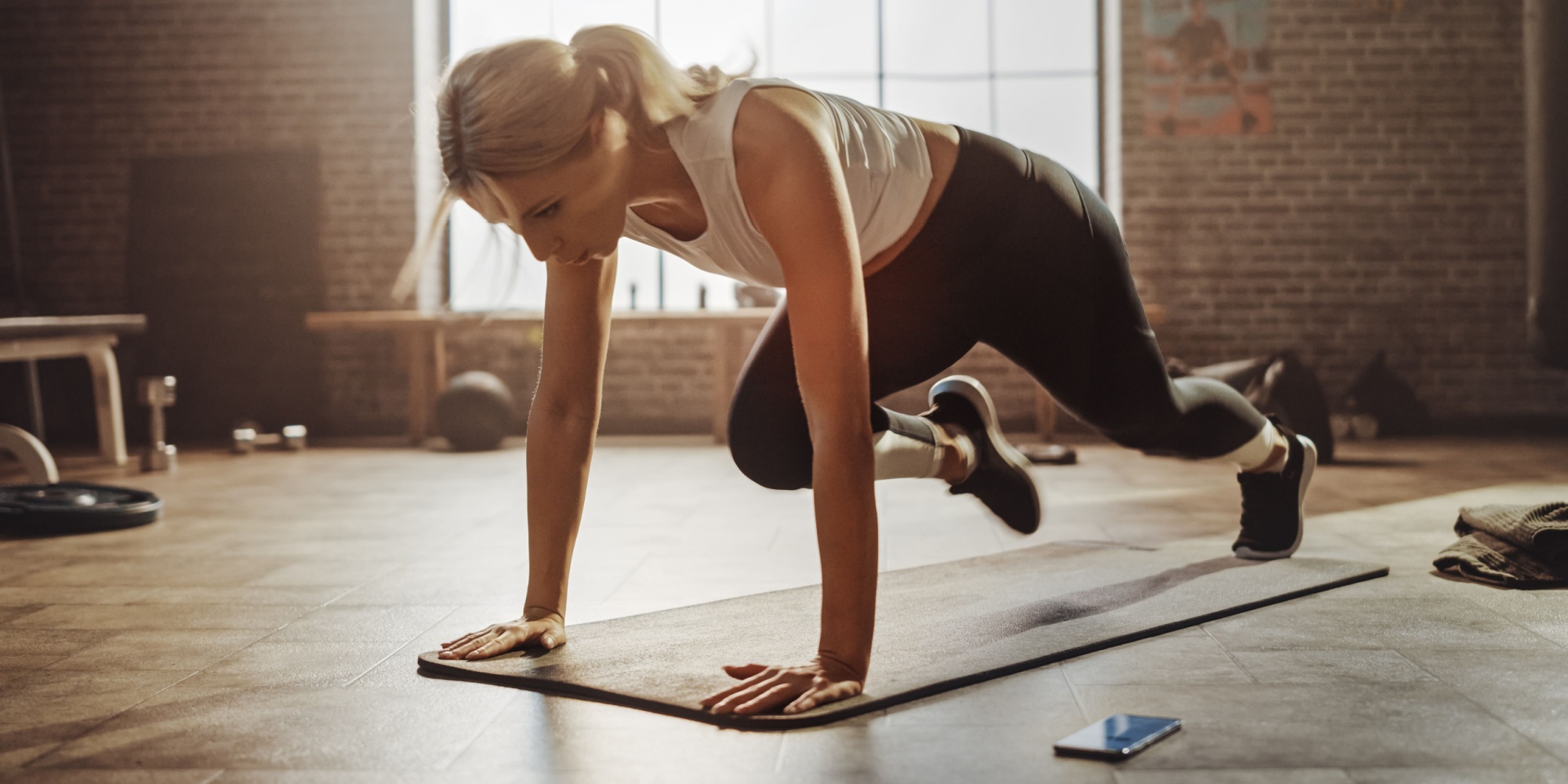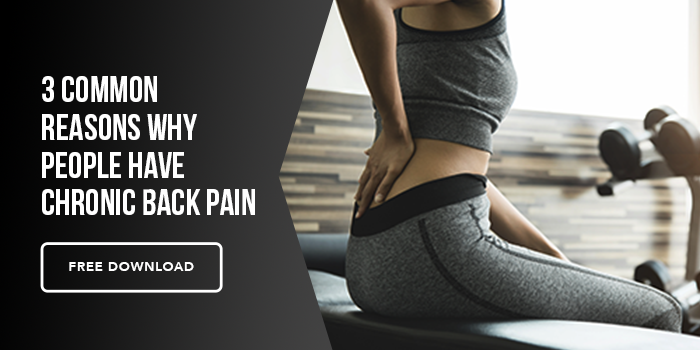One aspect of fitness I wish I paid more attention to when I was younger was improving my mobility.
I was able to move A LOT better than I can now, but if I had started mobility work at a younger age, then I could possibly be in a better spot now where aches and pains aren’t as prevalent.
Benefits of mobility training include improvements in:
- Joint health
- Muscle strength
- Flexibility
- Performance
- Posture and athletic form
- Muscle tightness
- Range of motion
Mobility is for everyone, whether you are an athlete or not. Those with a sedentary lifestyle can develop muscle imbalances from being in a flexed position all day, where there is more sitting than standing and shoulders are usually hunched over a phone, tablet, or computer.
If you work out pretty consistently and stay fairly active in general, mobility training can help you reduce your risk of injury and even improve your performance in the gym, on your runs, or in whatever sport you compete in.
Mobility training is easy to incorporate into anyone’s lifestyle. Here are 5 easy tips to get started.
1. Stay Consistent
Completing mobility training once a week for 20 minutes is not going to cut it. Sure, it may help, but a little bit of time should be spent doing some mobility exercises almost every day to truly see a difference.
I know, we are all limited on time. That’s why not every mobility session needs to be 30+ minutes.
Spending just 10 minutes before bed going through a few exercises is way better than nothing. Or, you can even spend some time on it as a way to warm-up before your workout. Whatever works for you, find a way to make it a daily practice.
2. Understand What You Need To Focus On
Okay, so where do you start? Shoulders? Hips? Everything?
I’d suggest running through MAPS Prime Pro, as a way to self-assess your movement and muscle imbalances. Once you know what areas of the body need more love and care, the program will offer correctional exercises to help improve function and recruitment patterns.
3. Be Intentional
When you say you will work on your mobility exercises, actually take the time to go through each movement with intention. Slow it down, and push yourself a bit. The slower you move, the more benefit you will get from the exercises.
4. Don’t Expect Big Changes Right Away
Depending on how limited your mobility is, it may take a while before you see substantial improvements in range of motion. As with most forms of training, it takes patience and consistency, so don’t get discouraged if certain exercises are still pretty difficult after the first couple of weeks.
When our bodies adapt to a certain posture or movement pattern, there is no overnight fix. Celebrate the small wins and every bit of progress you make.
5. Train Through a Full Range of Motion
Even when you’re not doing mobility exercises, you can still work on improving your range of motion when lifting weights.
To truly maximize on an exercise, try to move through the joint’s full range of motion. Strength adaptations are specific to the joint angle, meaning you will only get stronger through that specific range of motion. This could look like lifting a lot of weight doing bicep curls if you don’t extend past 90 degrees, but then struggling to lift the same amount when you do a complete rep at nearly full extension.
The more motor units you recruit, the stronger you become, and the better your mobility will be.






